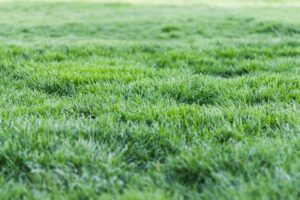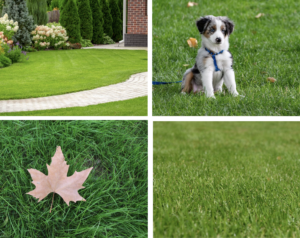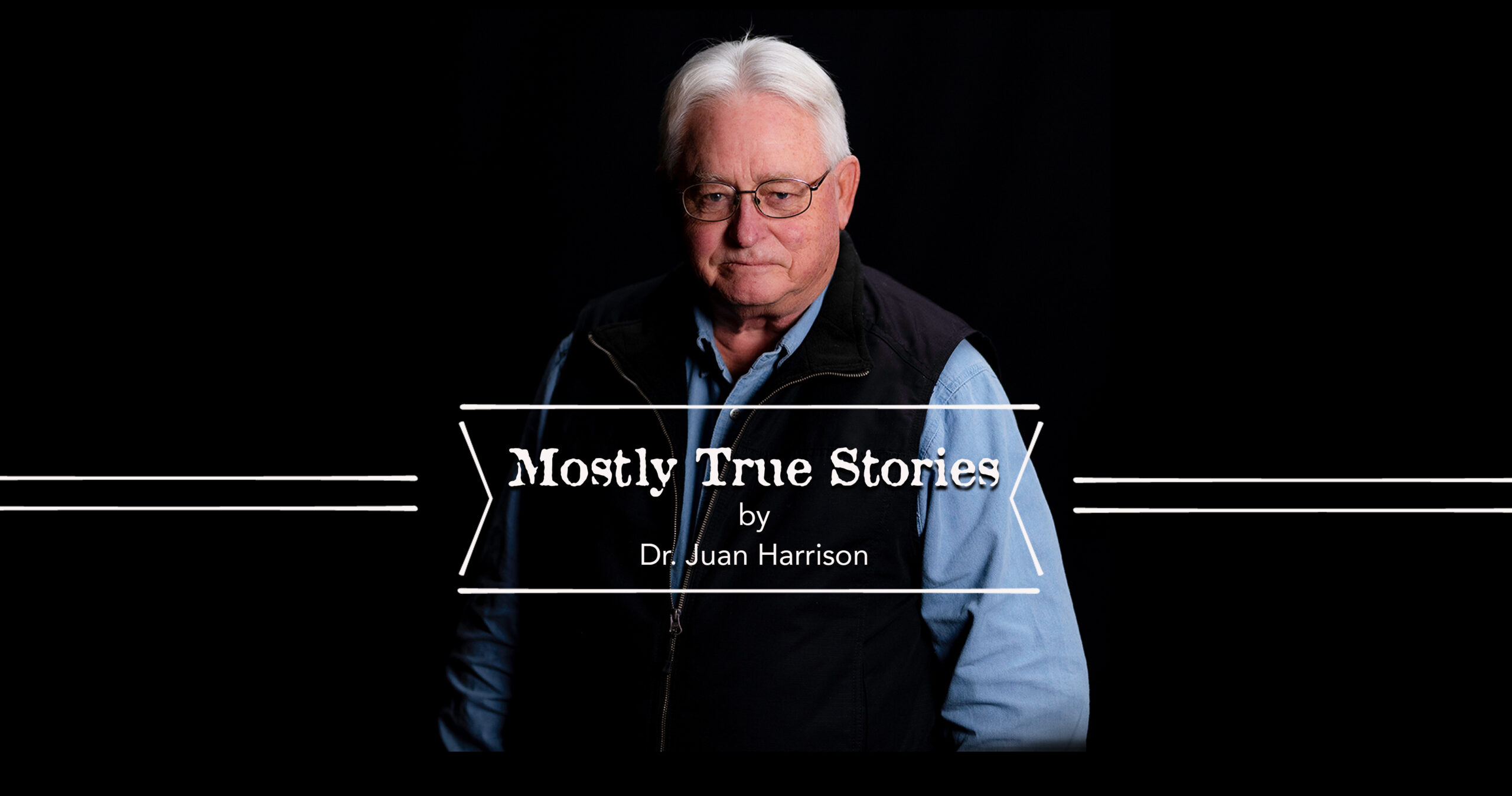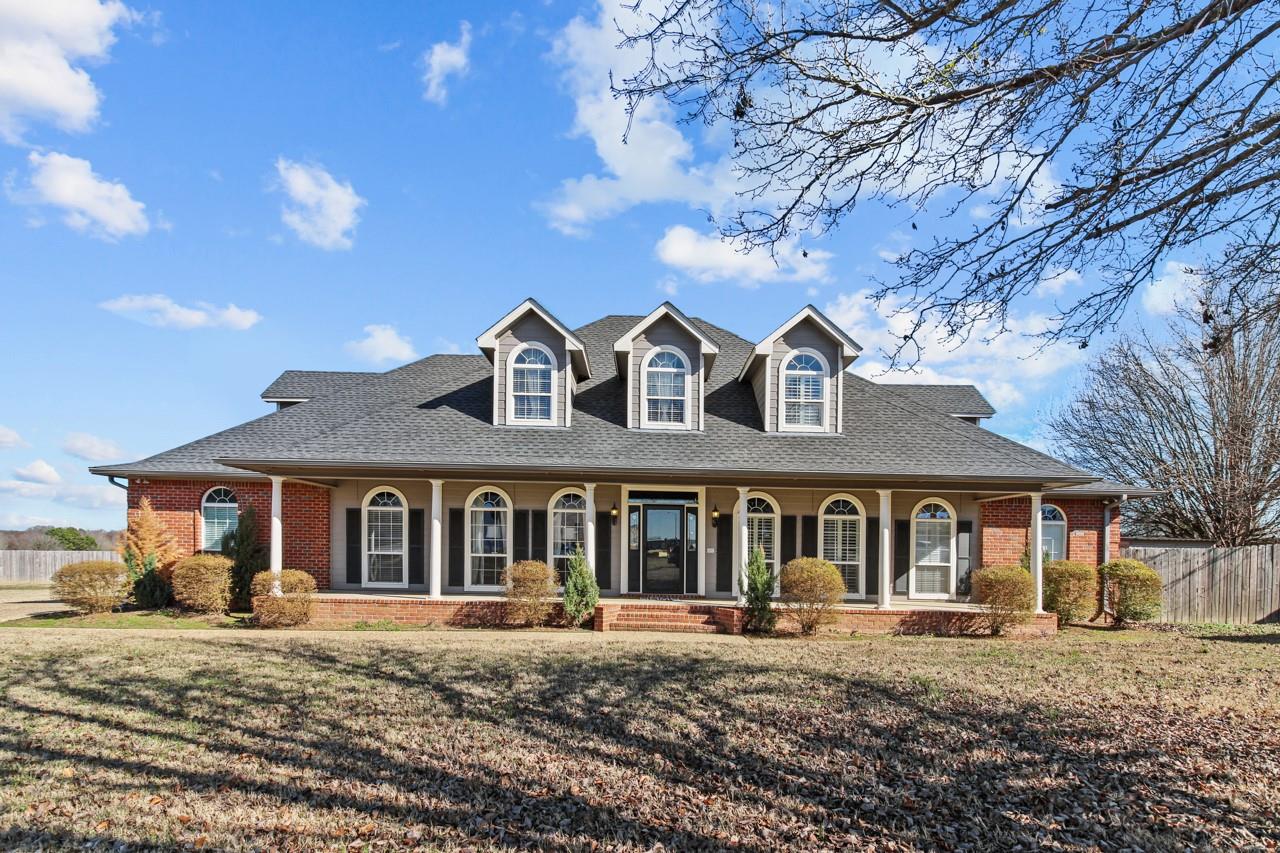Lawns: which type is best for you? by AgriLife’s Mario Villarino

 Lawns are the living carpet of our landscapes. They moderate soil temperatures, prevent erosion, prevent crusting, and reduce compaction by cushioning foot traffic. Like other growing plants, turf grass requires sunlight for survival and growth. This places lawns somewhat at odds with the need for summer shade. Grass and trees don’t really get along that well. Grass competes with trees for water and nutrients and in time trees grow denser canopies, shading out grass. You may have noticed that there is little grass in the forest and few trees on the prairie. In our yards however we can often work out somewhat of a compromise relationship in an effort to have the best of both worlds. Turf grasses prefer full sun, but some will do with a part day sun to bright shade exposure. If they don’t get enough light, you will end up with a progressively thinner, weaker stand of grass. This is because with less light intensity the turf is not able to produce an adequate supply of carbohydrates to maintain healthy growth.
Lawns are the living carpet of our landscapes. They moderate soil temperatures, prevent erosion, prevent crusting, and reduce compaction by cushioning foot traffic. Like other growing plants, turf grass requires sunlight for survival and growth. This places lawns somewhat at odds with the need for summer shade. Grass and trees don’t really get along that well. Grass competes with trees for water and nutrients and in time trees grow denser canopies, shading out grass. You may have noticed that there is little grass in the forest and few trees on the prairie. In our yards however we can often work out somewhat of a compromise relationship in an effort to have the best of both worlds. Turf grasses prefer full sun, but some will do with a part day sun to bright shade exposure. If they don’t get enough light, you will end up with a progressively thinner, weaker stand of grass. This is because with less light intensity the turf is not able to produce an adequate supply of carbohydrates to maintain healthy growth.
When landscapes are filled with trees, the light intensity the grass receives is decreased a little each year as the trees grow larger and denser. So, don’t be surprised if an area where grass once thrived begins to decline over the years.
Lawn grasses differ in their tolerance of shady conditions. St. Augustinegrass is the most shade tolerant of our southern turf-grasses. If a spot is too shady for St. Augustine grass it is too shady for any warm-season turfgrass. Varieties of St. Augustine grass differ somewhat in their shade tolerance. The variety Amerishade seems to be among the most tolerant of lower light levels.
The remaining types of turfgrass species are not considered to be very shade tolerant. In bright, dappled shade Zoysiagrass will do better than the shade in-tolerant Buffalograss or Bermudagrass, but not by much. Once a lawn begins to thin out from lack of sunlight, other complications will likely arise. Soil structure will be destroyed as raindrops and foot traffic pack the surface, reducing water infiltration, aeration and root growth. Weeds often become a problem in these spots, further stressing the struggling grass.
 If you have a shady spot there are several steps to take in order to improve your lawn:
If you have a shady spot there are several steps to take in order to improve your lawn:
- Consider having a few selected tree limbs removed to allow more light through the canopy.
- Remove low hanging limbs to allow reflected light in from the sides. In many cases this will give turf the light it needs to survive without significant loss of shade. Reduce soil compaction.
- Reroute walking until the area fills in. Severely compacted soils may benefit from mechanical aeration by a lawn care professional.
- Speed re-establishment by spot planting plugs or sod strips in bare areas.
- Set your mower higher for shady spots. The leaf blades of the grass are its solar panels. More leaf area enables them to catch more light to support new growth. Plus, it makes thin areas look thicker. Avoid the temptation to over-fertilize or over-water. You can’t make up for a lack of light with an excess of nutrient or water. In fact, heavily shaded areas need less water and fertilizer. Over-fertilizing and over-watering increases disease problems, not to mentioned pollution of surface and ground water.
These tips although helpful will not guarantee a lush lawn in heavy shade. Let’s face it, some spots are just too shady to grow grass! Shady spots are ideal for raised beds with appropriate shrubs, perennials, annuals or groundcovers. With a little planning and creative design, these areas can become a beautiful addition to the landscape.
For more information on this or any other agricultural topic please contact the Hopkins County Extension Office at 903-885-3443 or email me at m-villarino@tamu.edu.
Contributed by Mario Villarino













